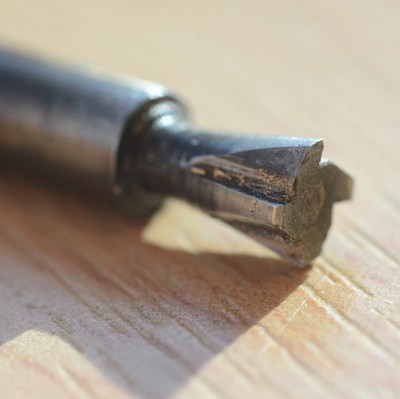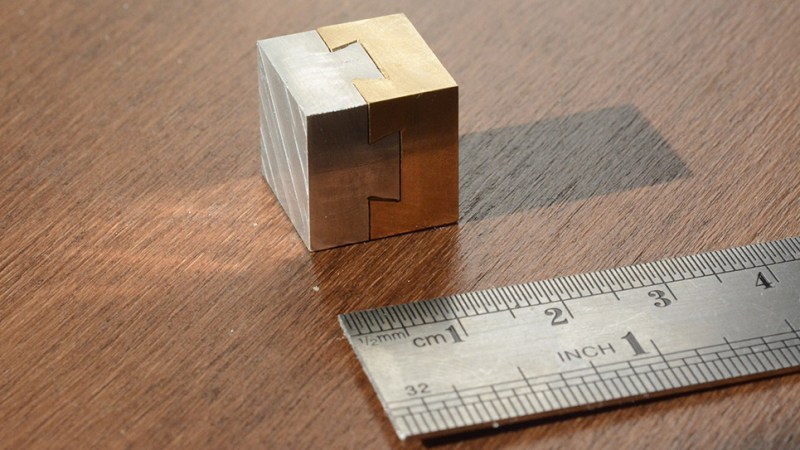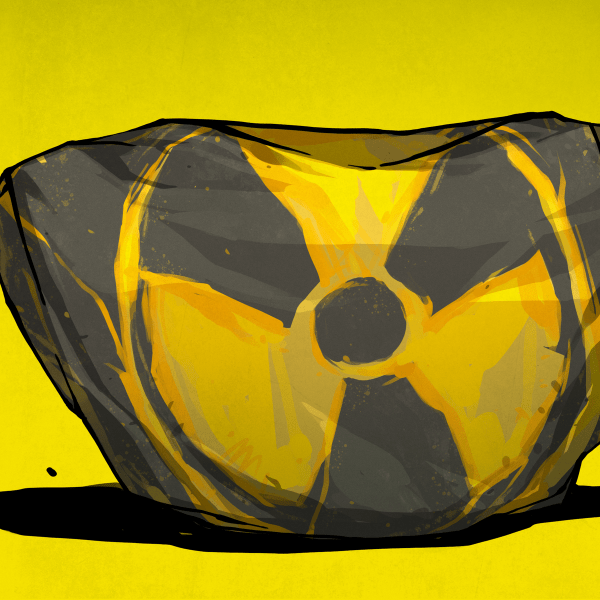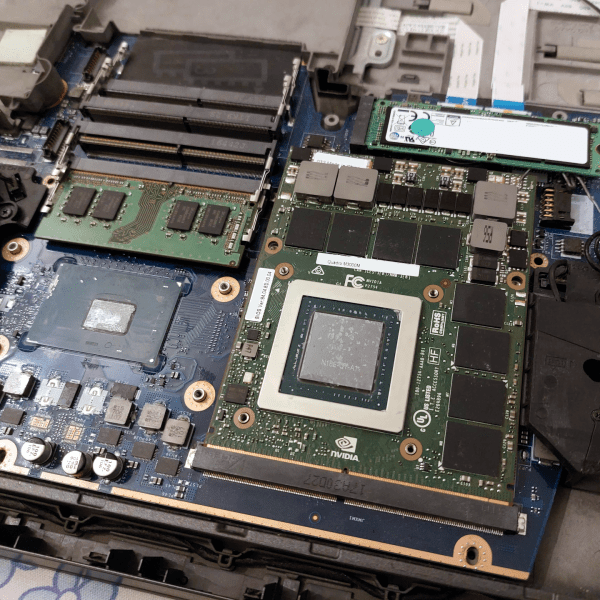
There’s a trinket called a dovetail cube, and [mitxela] thought it would make a fine birthday present. As you can see from the image, he was successful in creating a tiny version out of aluminum and brass. That’s not to say there weren’t challenges in the process, and doing it [mitxela] style means:
- Make it tiny! 15 mm sides ought to do it.
- Don’t have a tiny dovetail bit on hand, so make that as well.
- Of course, do it all without CNC in free-machining style.
- Whoops the brass stock is smaller than expected, so find a clever solution.
- That birthday? It’s tomorrow, by the way.
The project was a success, and a few small learning experiences presented themselves. One is that the shape of a dovetail plays tricks on the human eye. Geometrically speaking, the two halves are even but it seems as though one side is slightly larger than the other. [mitxela] says that if he were to do it again, he’d make the aluminum side slightly larger to compensate for this visual effect. Also, deburring with a knife edge on such a small piece flattened the edges ever so slightly, causing the fit to appear less precise than it actually is.
Still, it was a success and a learning experience. Need more evidence that [mitxela] thrives on challenge? Take a look at his incredible vector game console project.

















I love those dovetail cubes. I once read a (paper) article there are at least 7 methods of disassembling those, i.e.
-the same outside look with a dovetail on 4 sides
-being able to be disassembled by sliding or twisting
-When assembled, being a solid (no voids)
-Consisting of 2 parts, no hidden mechanisms.
Can anyone find that (or a) article?
There are two articles in New Scientist on these, One from September 14th 1961, and a followup in the one from February 1st, 1962, both titled ‘Puzzles and Paraxdoxes’.
Google books search link – https://www.google.com/search?hl=en&tbm=bks&q=new+scientist+puzzles+and+paradoxes+dovetail
Oh, that is very cool!
I have been wanting to make a few Japanese puzzleboxs out of metal, using sliding keys like this that are dovetailed, surface ground finish to make the seams invisible.
Good inspiration, this cool little cube and that article.
One you understand rake and relief, making custom cutters like this is super easy and fun.
There’s a Clickspring video on making one of these, although at a slightly larger scale:
https://www.youtube.com/watch?v=a3V42KwLTeE